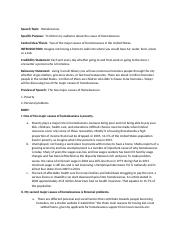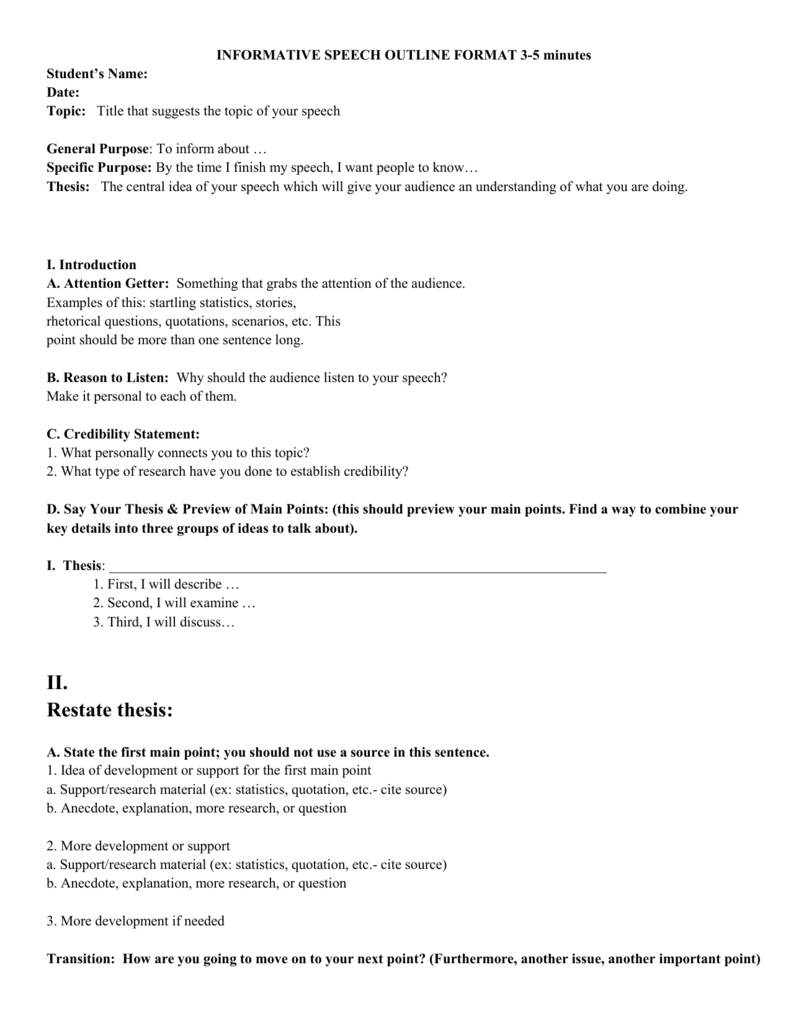

The dream can range from the simple to the grand. In the speech students can talk about a dream for yourself and/or the country. students come up with a topic for their own “I have a dream” speech. “I Have a Dream” Speech – In honor of Martin Luther King, Jr.Concentrate on the overall message about yourself that you would like to communicate through the choice of symbols. Students can use their icons to share as much or as little about themselves they are comfortable with using any objects, scale models, photos, memorabilia, drawings, jewelry, cut-outs, or collections that they choose (Do not include names or photographs that would identify you to the rest of the class.) This can be a collage, a grouping of found objects, a piece of artwork, your imagination is limitless. Personal Icon Presentation – Students are to build a visual representation of themselves (a personal icon).Who are you going to thank and why? What lasting words do you want to leave your audience with? As the recipient, you also need to come up with your thank you speech. Write a short speech to introduce and present the award (think lifetime achievement awards) to the recipient. Find someone in class and interview them in order to find out what makes them so splendorous – ask them about their achievements, strengths, and what makes them unique, why they deserve this award. Splendorous Persons Award – We have all seen the award shows - VMAs, the Oscars, the Tony’s, the Emmys, and the Grammys - the award shows that celebrate and highlight people’s achievements.Create an Imaginary or Mythical Creature – Describe the following: What does it look like (size, fur, scales, nose, claws, color, tail)? Is it a mammal, reptile, amphibian, marsupial, alien? What does it eat? What eats it? Why kind of habitat does it live in? Does it make a sound? What survival characteristics does it have (flies, swaims, runs, digs, camouflages, flights)? Present an informative speech on the creature.This activity is more to help students understand inflection, emphasis, tone and volume, rather than focusing on a specific topic. When lecturing students can put inflection on the letters or numbers as though they are really saying something, and meeting each classmate’s eyes at least once. Without having to think about what you are saying, you can concentrate on making eye contact, gesturing for emphasis, and other elements of great speakers. The Letter Lecture – Students take turns “lecturing” to the class by reciting the alphabet or counting to fifty.


Below are 12 different informative speech topics that creatively tap into research, writing, speaking and listening skills. I wanted to come back to this topic of speech and debate topics to catalogue informative speech topics that students can complete to practice speaking and build their communication skills. One of my most popular blog posts is 50 persuasive speech and debate topics. Integrate multimedia and visual displays into presentations to clarify information, strengthen claims and evidence, and add interest.Īdapt speech to a variety of contexts and tasks, demonstrating command of formal English when indicated or appropriate. Present claims and findings, emphasizing salient points in a focused, coherent manner with relevant evidence, sound valid reasoning, and well-chosen details use appropriate eye contact, adequate volume, and clear pronunciation. Students can utilize technology and podcast or video their presentations too. Students must also be able to present information to small groups and large audiences. Speaking and listening must go beyond the “turn and talk” or “think pair share” opportunities we offer students during class activities. Speaking and Listening is part of the Common Core and starting by the first grade, “students are expected to know and be able to do the following during small- and whole-group discussions: follow participation rules, build on others’ comments, and ask clarifying questions.” By middle and high school the conversations and group work is more demanding.


 0 kommentar(er)
0 kommentar(er)
